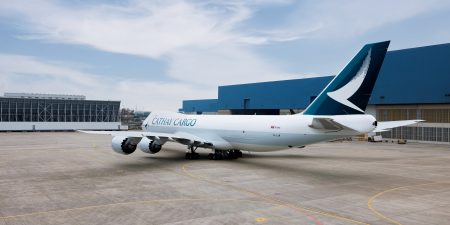What a difference a hundred years or so make. Portland’s deep-water river access to the Pacific Ocean has always made it a successful port. But at the turn of the 20th century, it wasn’t necessarily a place you wanted to do business. Portland had a reputation both as a dirty and dangerous city; its saloons and bordellos packed with miners returning from California’s gold rush, while the docks were a hub for organised crime and racketeering.
But the passage of time, encompassing a hippy bloom and a high-tech boom, has seen Portland transformed into one of the most environmentally conscious, tech-savvy and successful export hubs on the US West Coast. It has excellent inter-modal transport links from air, road, rail and sea. Its four-terminal marine port – the biggest exporter of wheat from the US – Portland International Airport and two smaller airfields are managed by the Port of Portland, and it’s one of only five ports in the US to operate in this unified way.
For a port that looks out east, Asia, unsurprisingly, is a crucial market, and the state Oregon exports more than it imports. These were some of the underlying attractions for Cathay Pacific to start a freighter service to Portland in 2016. The service has grown from twice-weekly to three times weekly this year, plus additional services in summer to deal with soft fruit exports, particularly cherries.
Keith Leavitt, Chief Commercial Officer of the Port of Portland, asserts that cargo underpins the Port authority’s operations – even at the airport. ‘Cargo is very much part of our mission,’ he says. ‘Oregon is reliant on trade, and six of our top eight trading partners are in Asia. Our top five export partners in Asia – China, Malaysia, Japan, South Korea and Vietnam – represent more than 50 per cent of the international trade coming out of the state.’




